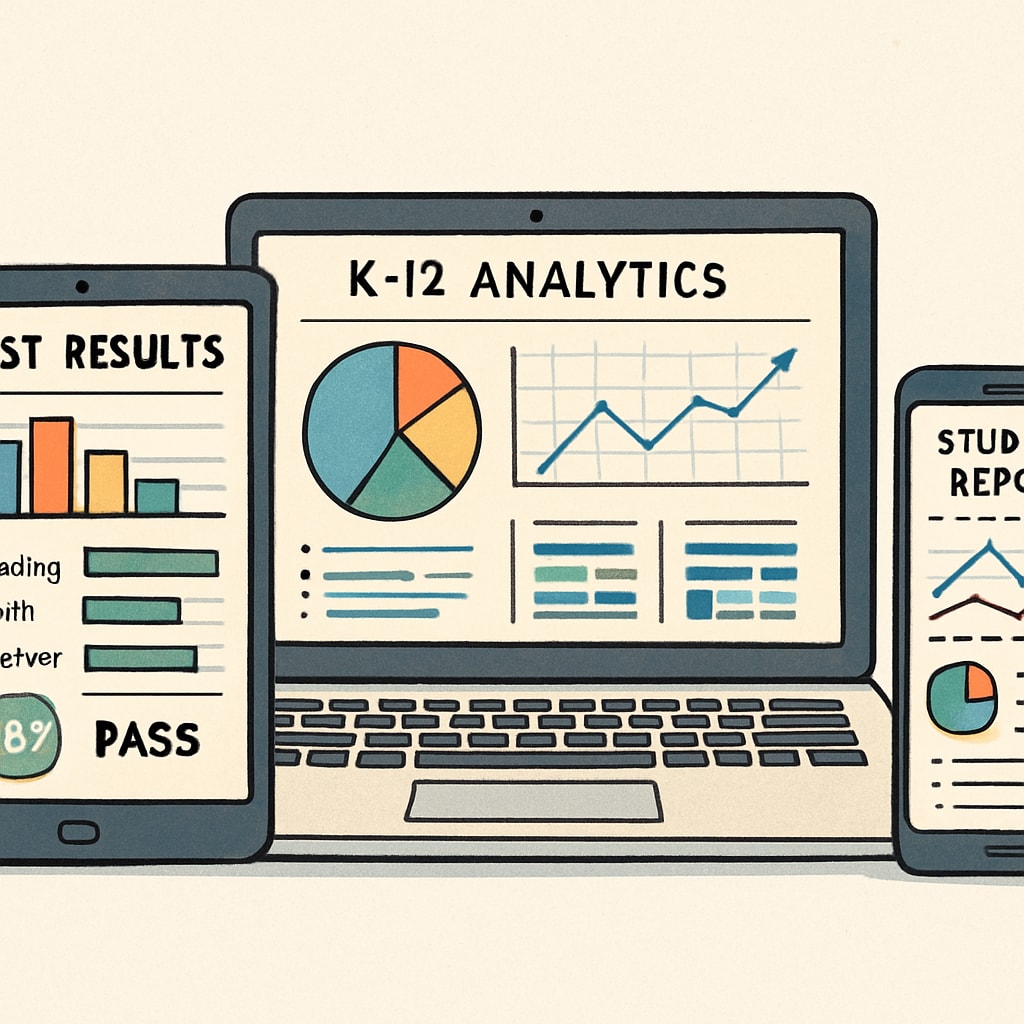Finding the right test resources for students is critical to tracking academic progress, identifying areas for improvement, and tailoring education plans. With countless options available, selecting the best K12 test resources can feel overwhelming. In this article, we will explore practical strategies to identify and use high-quality tools that genuinely support student success.
The Importance of Effective K12 Test Resources
Test resources play a pivotal role in education. They serve as a mirror that reflects a student’s understanding, skills, and knowledge. However, not all resources are created equal. High-quality tools provide accurate assessments, align with curriculum standards, and offer actionable insights for educators and parents alike.
For example, a diagnostic test can help pinpoint specific gaps in a student’s understanding, enabling teachers to design targeted interventions. On the other hand, poorly designed tests may lead to inaccurate conclusions, wasting time and resources. Therefore, choosing the right resources is essential to foster meaningful learning experiences.

Key Criteria for Choosing the Best Test Resources
When selecting test resources for K12 students, consider the following factors:
- Alignment with Standards: Ensure that the tests align with national or regional curriculum standards to provide relevant and actionable results.
- Reliability and Validity: Choose resources with proven reliability (consistent results) and validity (accurately measuring what they claim to assess).
- Adaptability: Look for tools that can be tailored to individual student needs, whether for advanced learners or those requiring additional support.
- User-Friendly Design: Assessments should be easy to administer, interpret, and integrate into teaching plans.
- Feedback Mechanism: Opt for resources that provide detailed feedback, helping students understand their strengths and areas for improvement.
For more information on standardized testing principles, check out the comprehensive guide on Wikipedia’s Standardized Test page.

Examples of Effective K12 Test Resources
Numerous platforms and tools cater to K12 education, offering a range of options for different requirements. Here are a few examples:
- MAP Growth: This adaptive test adjusts its difficulty based on a student’s responses, providing a personalized assessment experience.
- Khan Academy: Alongside its vast library of lessons, Khan Academy offers quizzes and tests aligned with various subjects and grade levels.
- Edmentum: With a focus on data-driven insights, Edmentum provides customized learning solutions and detailed reports for educators.
- Quizizz: A gamified platform that makes learning fun while offering detailed performance analytics for students and teachers.
To learn more about these tools, consider visiting trusted sources like Britannica’s Education section.
Final Thoughts
Choosing the right K12 test resources is an investment in a student’s future. By focusing on tools that are reliable, adaptable, and aligned with educational standards, educators and parents can create a robust framework for effective learning assessments. Remember, the goal is not just to test knowledge but to use the results to inspire growth and improvement.
Whether you are an educator or a parent, take the time to evaluate the quality of test resources before integrating them into a learning plan. The right tools can make all the difference in shaping a student’s academic journey.
Readability guidance: Use concise paragraphs and bullet points to summarize key criteria. Incorporate transition words to ensure smooth flow, and avoid excessive jargon to maintain accessibility for a wider audience.


